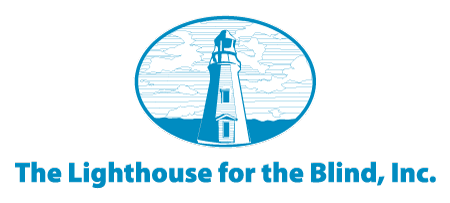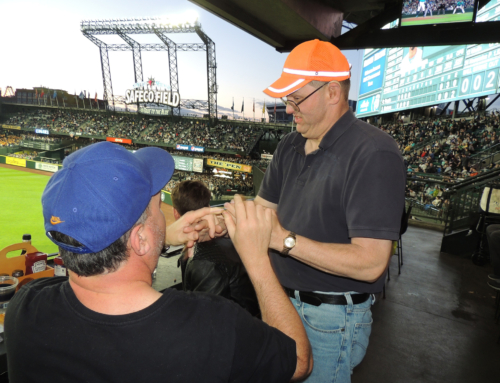Last Saturday, August 8th, I was privileged to serve on a panel of blind adults at the first ever Washington State Blind Baby Jamboree. Held at the Washington State School for the Blind in Vancouver, WA, the jamboree brought together twelve families with blind children ages birth to three. The kids are living with a variety of visual conditions, and several had additional severe disabilities.
Their parents and sighted siblings were there to learn about eye conditions and how to set up environments and routines that would help their blind family members flourish and grow.
The panel on Saturday evening included me and for other blind adults who fielded questions from parents about the experiences of growing blind. Many of the parents had no previous exposure to blind people other than their small children, and they welcomed this opportunity to ask questions from the practical to the philosophical: What did your parents do when you were a child that helped you to become independent? What was the most challenging think about being a blind student and how did you overcome it? If you could restore your sight today, would you?
Sunday morning saw the parents gathering to learn about literacy and how to start preparing their kids to become readers of large print or braille. The instructors talked about sequencing, patterns, letting the kids feel and touch huge varieties of objects and textures to develop the ability to distinguish between various objects and eventually to read braille.
We discussed creating a braille rich environment, to try and give blind kids the same early exposure to braille as sighted kids get to print. It’s a very big challenge indeed if you take a look around and notice all the print that is in our world. Cindy, one of the instructors, commented that sighted kids can identify McDonald’s Golden Arches long before they can read a printed word. What is the equivalent symbol recognition going to be for a blind child? It is up to the parents to create these special tactile symbols with meaning for their child.
For instance, a version of the popular children’s book If You Give a Mouse a Cookie was customized to be more accessible for blind children. On each page, objects were glued that related to the story, not least of child was a real chocolate chip cookie. Also represented was a paper cup for drinking a glass of milk, the top of a milk bottle, a straw, a paintbrush to represent the brook, a sponge for washing up and a cozy mouse bed made of a small box with blanket and pillow.
I am hoping to be invited back again for next year’s Blind Baby Jamboree and am hoping the original dozen wonderful families are joined by many others. Hats off to those parents who spent last weekend devoted to the love and support of their blind kids!
Kirk Adams, President and CEO, Lighthouse for the Blind, Inc.


